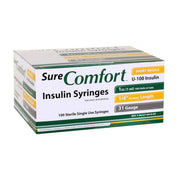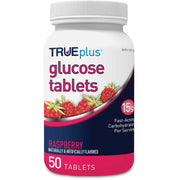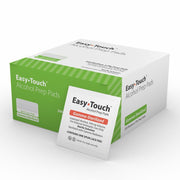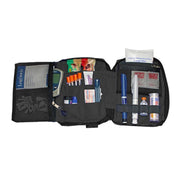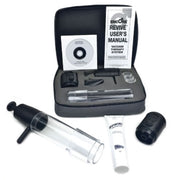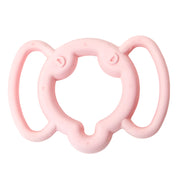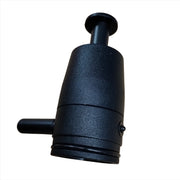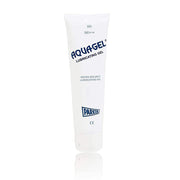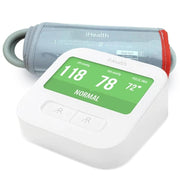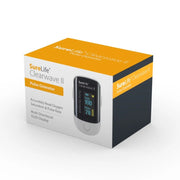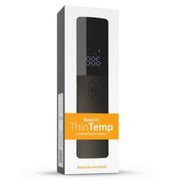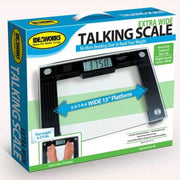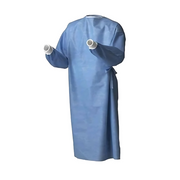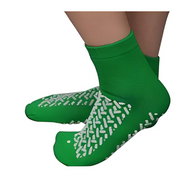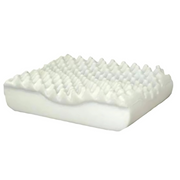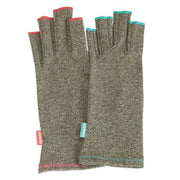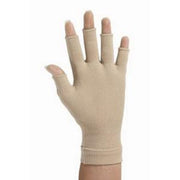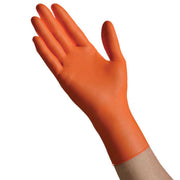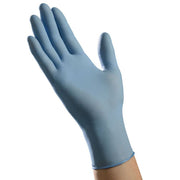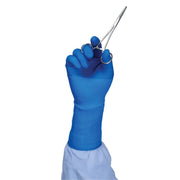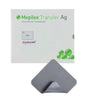PRODUCT DETAILS
For Low to High Exuding Wounds
Mepilex® Transfer Ag is a thin and conformable, antimicrobial wound contact layer. The Safetac® technology layer ensures direct contact to the wound and the surrounding skin, including uneven surfaces. As the Safetac® technology layer seals around the wound, the foam structure of Mepilex® Transfer Ag allows exudate to move vertically into a secondary absorbent dressing. Mepilex® Transfer Ag maintains a moist wound environment in combination with an appropriate secondary dressing.
Effectively manages exudate by transferring fluid into a secondary dressing.
Provides a rapid and sustained antimicrobial effect.
Uniquely conformable, thin foam construction.
Transfers exudate away from the wound.
Minimizes pain and trauma at dressing change.
Effective, sustained release of silver provides rapid antimicrobial effect with 30 min. that is sustained for up to 14 days
Promotes patient comfort during wear.
Conforms well to body contours.
May be cut to desired shapes.
Effective under compression bandages.
Unit of Measure Contents Sold By
Box (BX) 2 Each 1 Total (1 Box)
Frequently Asked Questions (FAQs)
Q: What is foam dressing used for?
A: Foam dressings are used for moderate to heavily exuding wounds such as pressure ulcers, post-surgical wounds, diabetic ulcers, and traumatic wounds. They absorb fluid, protect the wound, and support healing.
Q: How often should foam dressings be changed?
A: Foam dressings are typically changed every 3 to 7 days or as needed depending on the amount of exudate. Always follow the wound care professional’s recommendations.
Q: How do foam dressings work?
A: Foam dressings absorb exudate while keeping the wound moist. They help prevent infection, reduce pain, and protect the wound from external contaminants.
Q: Can foam dressings be used on infected wounds?
A: Some foam dressings are formulated with antimicrobial agents suitable for infected wounds. Always consult with a healthcare provider before applying to an infected site.
Q: Are foam dressings suitable for dry wounds?
A: Foam dressings are typically not recommended for dry wounds because they are designed to absorb moisture. Hydrogel dressings may be more appropriate for dry or necrotic wounds.
Q: Do foam dressings stick to wounds?
A: Non-adherent foam dressings do not stick to wounds and are gentle during removal. Adhesive foam dressings stick around the wound, not directly on it.

